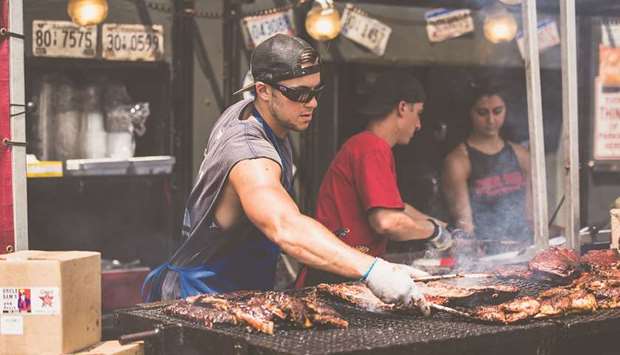Vernon, Senior Contractual/Commercial Consultant, continue their series of articles
on the construction industry. This month, they talk about risk and its mitigation
Previously, we talked about “The Right Order”, placing our requirements and ensuring each piece of the jigsaw is delivered in the right sequence, but placing our requirements and delivering in the right sequence has pitfalls. In basic terms these pitfalls are risks, but understanding what is risk and how we control risk is a different story altogether.
Last month we discussed how we placed an order for a lovely steak dinner, obviously the steak needs to be cooked, this involves heat (a lot of heat) and to cook the steak to perfection the chef would use scalding hot oil and butter; how will the chef avoid being burnt, what are the risks … and how do we control them?
So cooking a steak with hot oil on a hot stove is definitely a risk. In everyday life we go about our business, we get out of bed, we shower and dress, most get into cars, trains or buses and go to work. At work we start a normal work day; completing tasks and attending meetings, until it is time to go home. We then travel home and spend the evening with family or friends, before we go to bed and start the day again. What risks do we face each day? Do we know the risks and deal with them? Or, do we just not have a care in the world?
Take driving a car for example, many countries provide cheaper car insurance if the driver has taken a defensive driving course. This obviously saves you money, but also shows that a driving risk has been mitigated by taking a professional course to reduce some of the risk, surely a win, win situation.
So what happens if risk is ignored?
Companies ignoring risk face the possibility of losing massive amounts of money if the risk is realised, reputation of a company that has taken years to build can be lost in seconds, and worst of all, deaths can occur to a member of staff.
Through good risk management, transparency increases. Many problems can be avoided from the outset through proactive action and the company and project can be prepared for unavoidable problems. As a result, the consequences can be mitigated and control over the company and project can be maintained.
The risk process:
The first part of the process is to identify the risk. In the case of cooking our steak, it is clear that sharp knives, a hot pan, oil and the hot stove will be the main risks that are identified. Risk identification must therefore be carried in a way that is both forward looking and in line with the progress of the objective or project. These risks are then logged, typically on a document called a ‘Risk Register’, ready for the next stage, analysing the risks identified.
So in analysing the risks, the idea is to describe the risk as completely and precisely as possible, and then investigate regarding the probability of its occurrence and the effect on the project. Many risk practitioners have different names for this, which include likelihood and consequence and criteria tables.
Once the risks have been assessed, they then get scored against the likelihood and consequence, normally a score of 1 (extremely low) to 5 (extremely high) is placed against each risk. So in the case of cooking the steak, the risk of hot oil, would initially be 4 (very high) for likelihood of potentially being burnt and 5 (extreme) consequence of actually having a burn injury.
However, for every risk identified, an assessment of what controls are in place is made. In this case the chef cooking the steak is experienced in handling hot oil, wears fire resistant clothing, (including gloves) and has the relevant fire extinguisher/fire blanket available. Therefore with these controls in place, the scores are re-assessed and would therefore push the likelihood score to 2 (low), but the consequence would still be around 4 (very high) as the burn injury would still be applicable.
So how can more controls be put in place to reduce the risk. These types of scenarios are common place in the construction world; monthly meetings, project workshops and continuous discussions to mitigate the risks taking place. Would a fireguard be worth fitting to the stove, face masks, or even stop cooking steaks. Not only is the idea to reduce or eliminate risk but also for the risk to be avoided, transferred or to simply pay more insurance aligned to the company or project’s risk tolerance.
The process is continuous. All risks should be regularly monitored, including reviews of new risks, as circumstances change. Employees become complacent, so again risk management should include employees so they understand, are aware of the risks and from that have the desire to mitigate and control the risk.
Risk management in any industry is a comprehensive and systematic way of identifying, analysing and responding to risks to achieve the company or project objectives. Effective risk management must permeate all areas, functions and processes of the project and requires commitment as well as risk conscious behaviour of each individual. Companies that manage risk effectively and efficiently enjoy financial savings, greater productivity, improved success rates of new projects and better decision making.
And, to be honest, we all enjoy a good steak.

